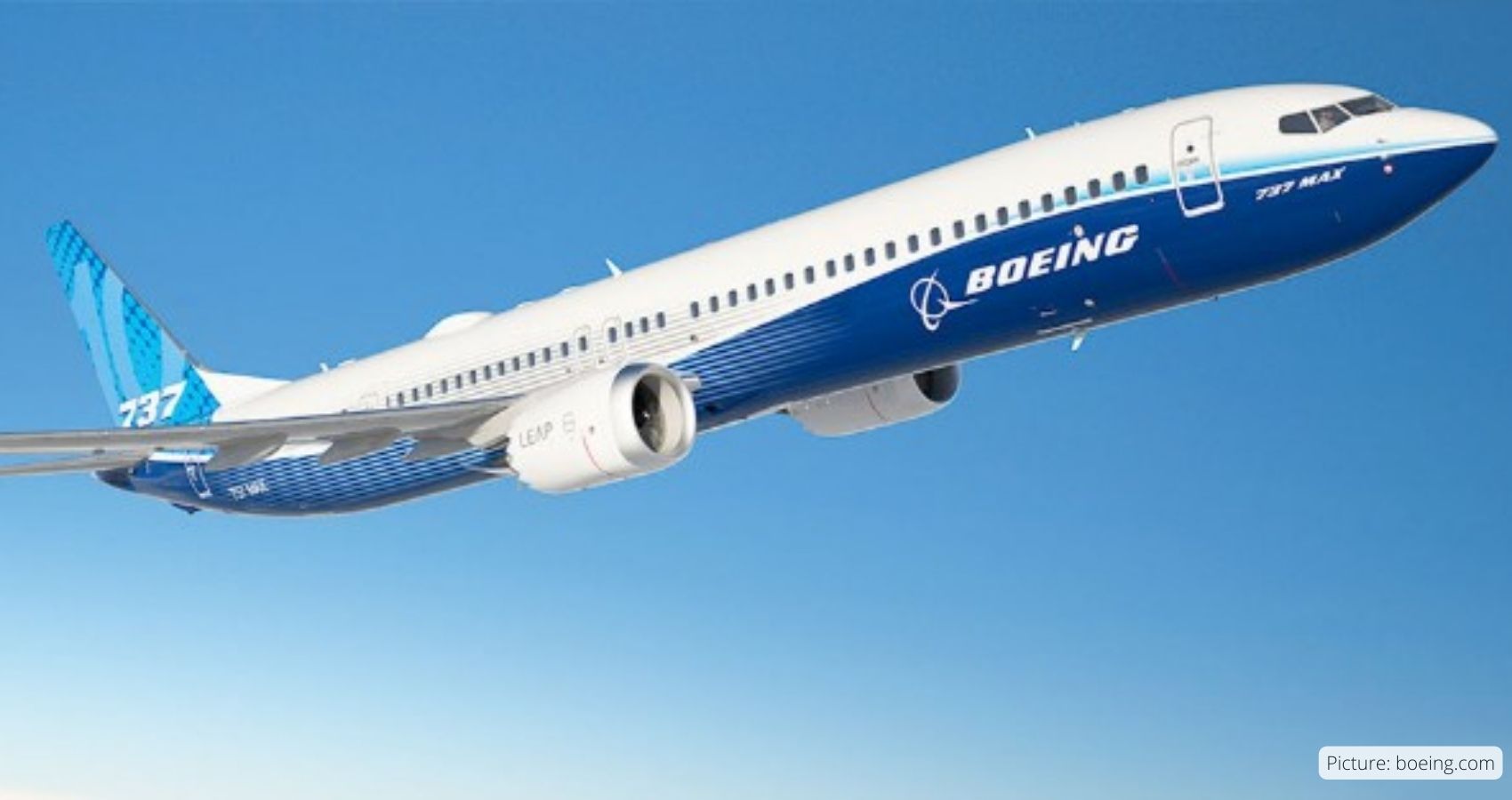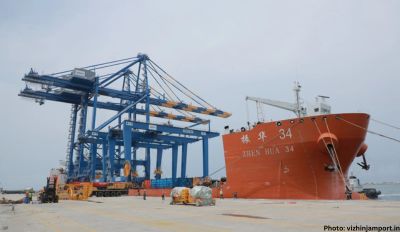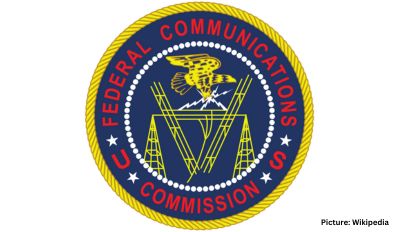Decades were invested in solidifying Boeing’s status as a paragon of reliability in the corporate world. However, in a mere six years, the company’s once-pristine reputation has crumbled, leaving it facing an uncertain future.
Authorities, airlines, passengers, and even Boeing’s own employees are verging on revolt due to a string of mid-flight calamities and a steady decline in the company’s quality standards. Investors, too, are far from pleased; Boeing’s stock (BA) has plummeted by 27% this year, ranking it as the second-worst performer in the S&P 500, trailing only Tesla.
The most recent blow to Boeing occurred on Monday when a 787 Dreamliner en route from Australia to New Zealand experienced a sudden descent mid-flight, resulting in injuries to several passengers. The extent of Boeing’s responsibility in this incident remains unclear, with the company stating it’s in the process of gathering information. However, the firsthand accounts from passengers paint an unflattering picture, especially as Boeing is already under federal scrutiny following the door-plug malfunction on January 5.
Brian Jokat, a passenger aboard the Latam Airlines flight, recounted to CNN the abrupt descent that startled him awake, causing passengers to collide with the cabin ceiling. Reflecting on the incident, he likened it to a scene from “The Exorcist,” underscoring the severity of the ordeal.
For most companies, such a situation would prompt legal action and perhaps the initiation of bankruptcy proceedings. Over the past six years, Boeing has been implicated in two fatal crashes claiming 346 lives, suffered immense financial losses, incurred hefty fines and settlements, and grappled with repeated lapses in quality control.
However, Boeing stands apart from typical enterprises.
The company’s influence is so pervasive that regulatory oversight is notably lacking. The Federal Aviation Administration (FAA), hampered by insufficient funding, has partially delegated regulatory responsibilities to Boeing—a concerning arrangement highlighted by the recent revelation that Boeing failed half of the FAA’s audit of its production facility. In response, the FAA has demanded Boeing submit a plan to rectify its production issues by late May.
In a statement, Boeing pledged to address the concerns raised by the FAA, emphasizing its commitment to immediate action and transparency to bolster safety and quality standards.
Boeing’s dominance in the aviation industry, often likened to a duopoly with Airbus, renders it indispensable. Airlines, bound by certification agreements, lack the flexibility to swiftly switch allegiance to Airbus. Consequently, Boeing’s indispensability shields it from market pressures that other firms confront.
This raises the question: How can the Boeing predicament be resolved?
Gad Allon, a professor at the University of Pennsylvania’s Wharton School of Business, advocates for a leadership overhaul within Boeing, albeit acknowledging the improbability of such a move. Others, like Matt Stoller of the American Economic Liberties Project, propose nationalizing Boeing, given its reliance on government contracts and substantial government-backed revenues.
However, the likelihood of nationalization remains slim, despite Boeing’s considerable government ties.
According to Allon, there are no immediate or mid-term solutions, with the potential for increasingly frequent alarming incidents posing a significant concern. Such occurrences could escalate from isolated events to continuous risks, akin to a financial crisis, given Boeing’s global influence.
The implications extend beyond Boeing itself, with countless businesses worldwide reliant on Boeing aircraft. Should these incidents become more commonplace, the consequences could be dire.
Boeing’s journey from a symbol of reliability to a company grappling with its very survival underscores the complex challenges facing not only the aviation giant but also the broader aviation industry. As stakeholders grapple with potential solutions, the stakes couldn’t be higher.











